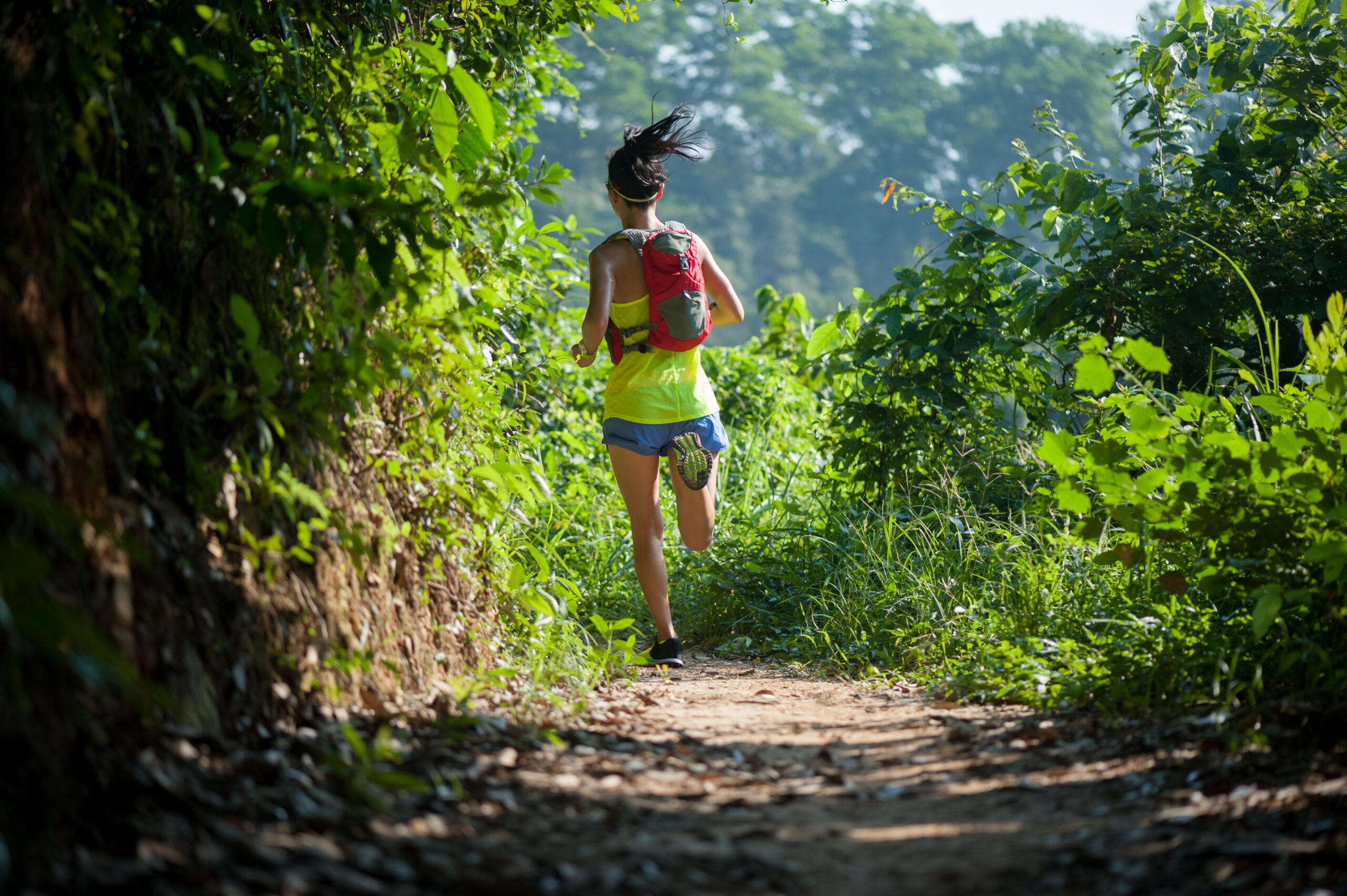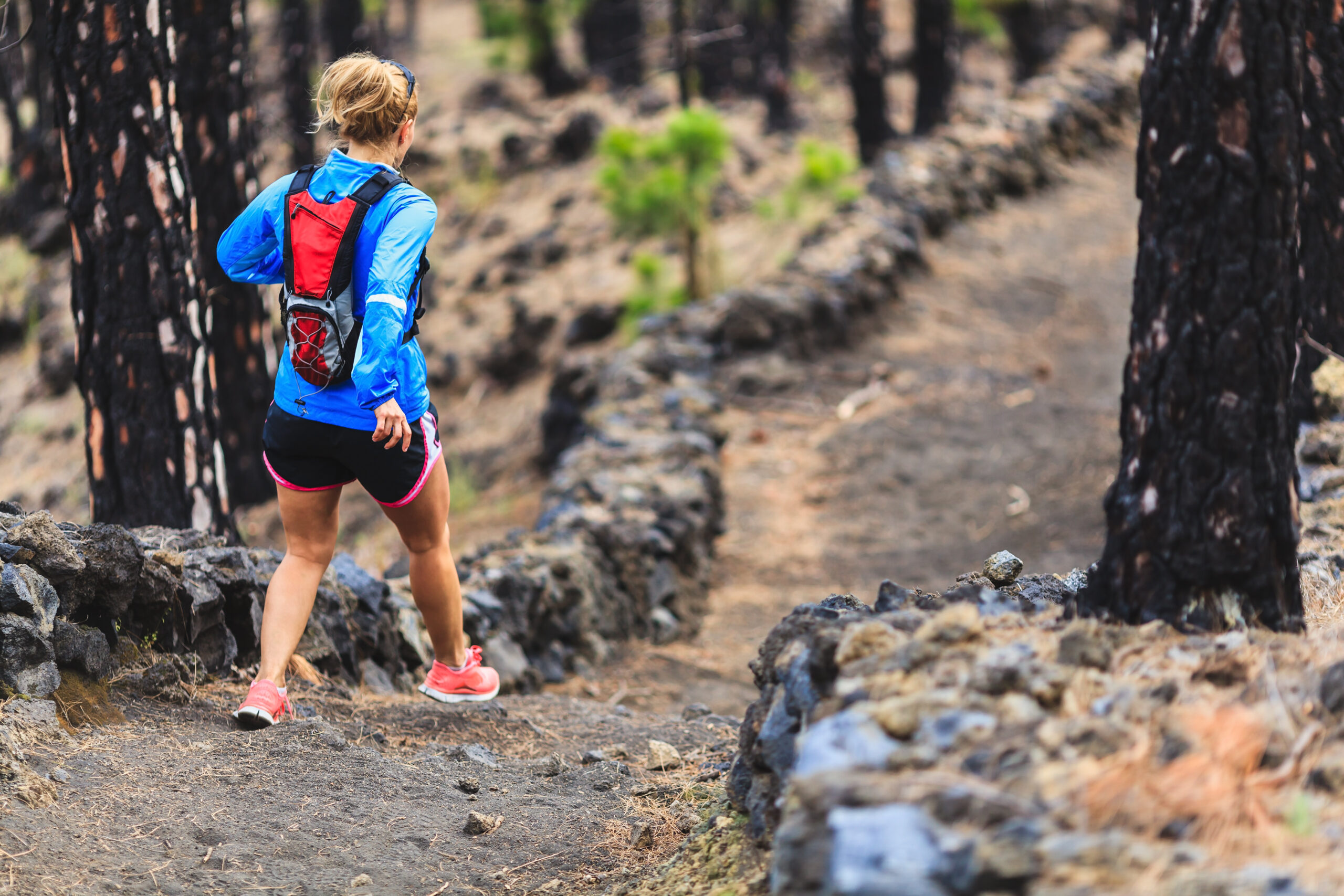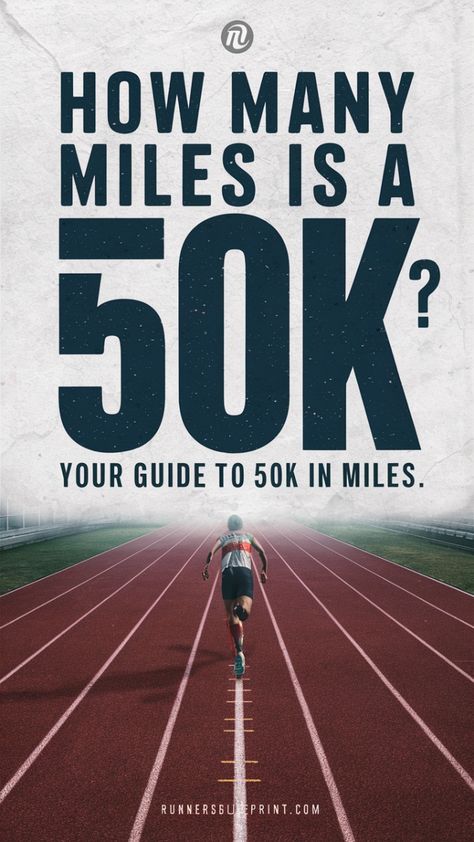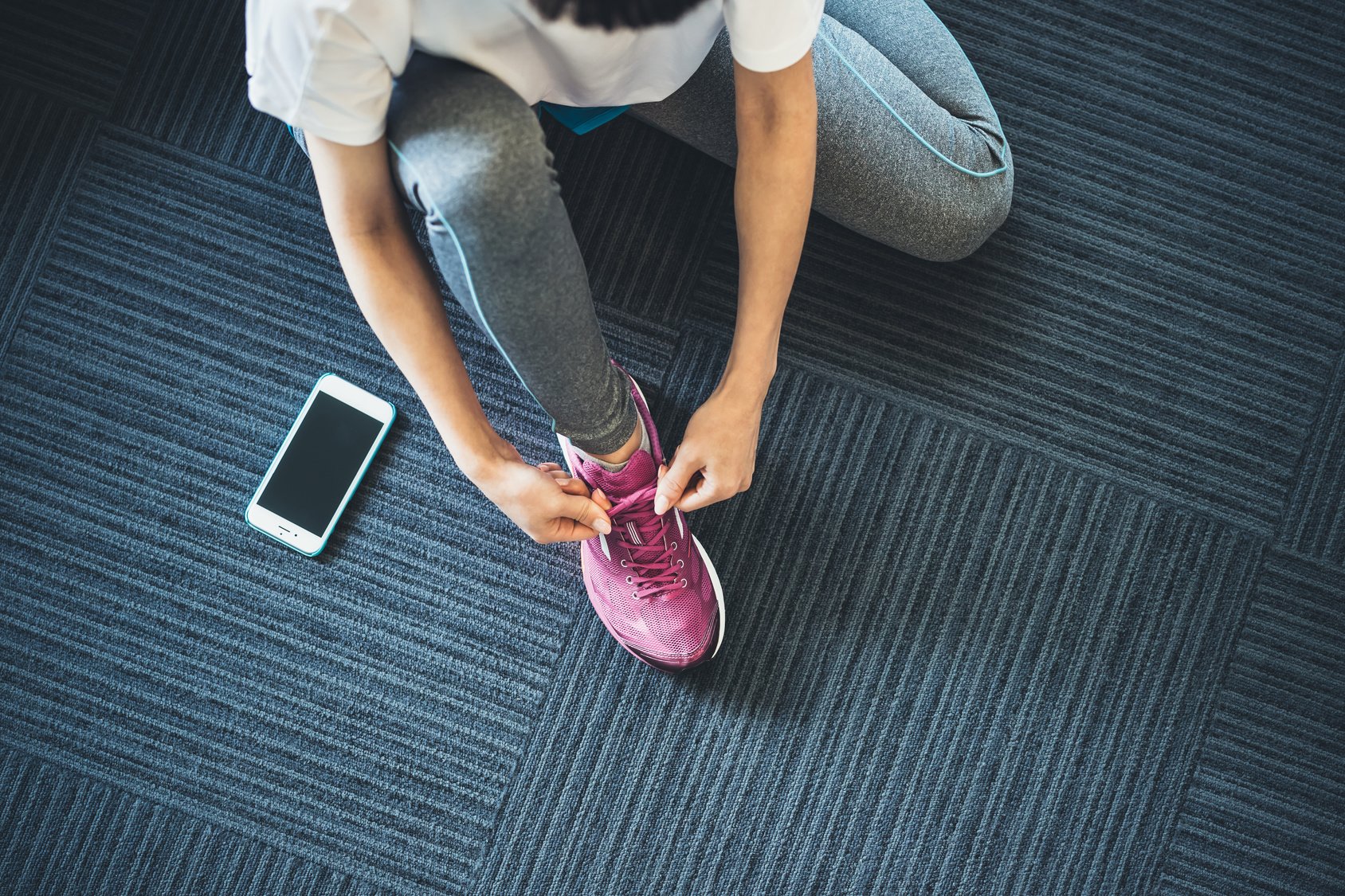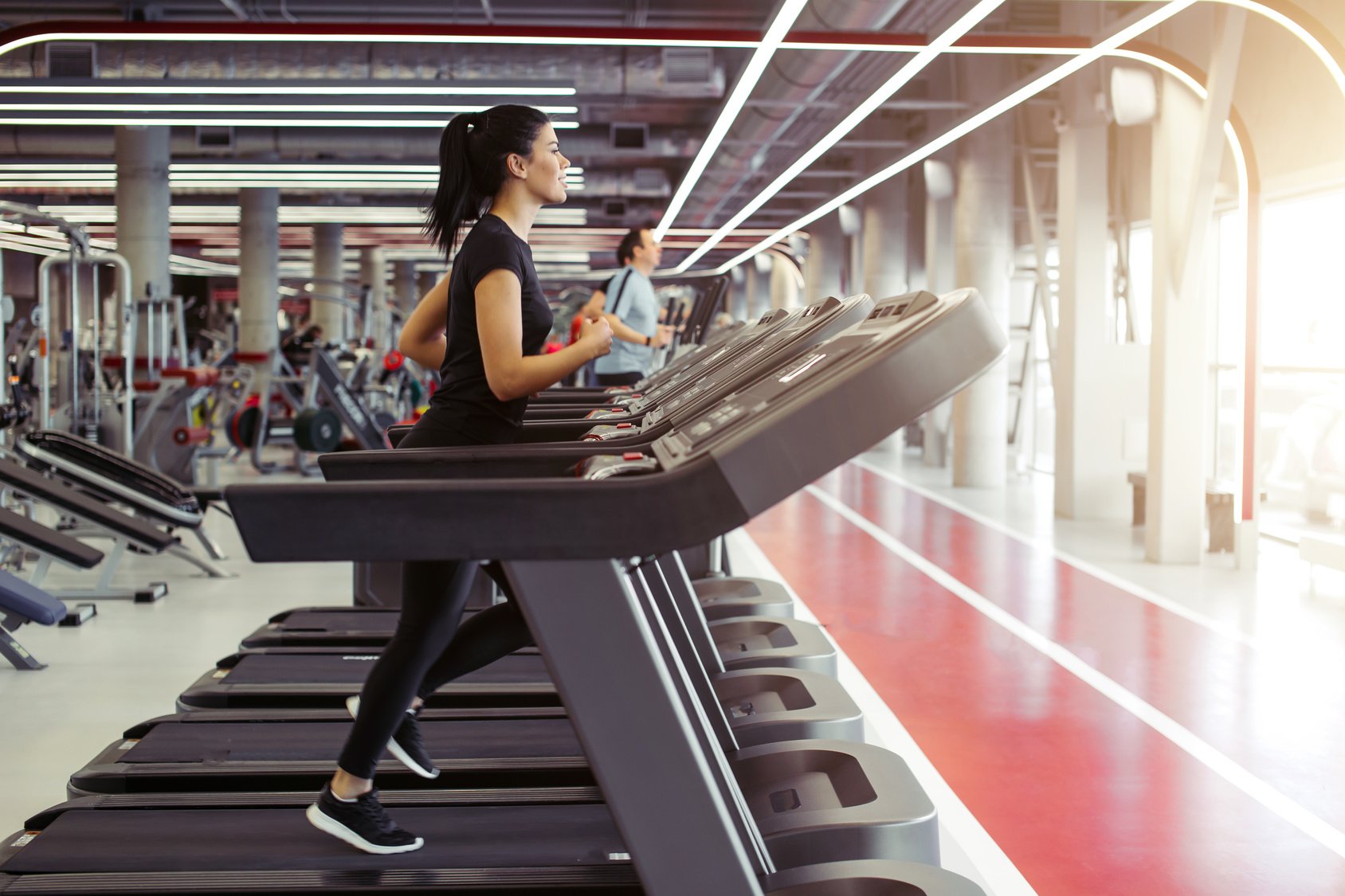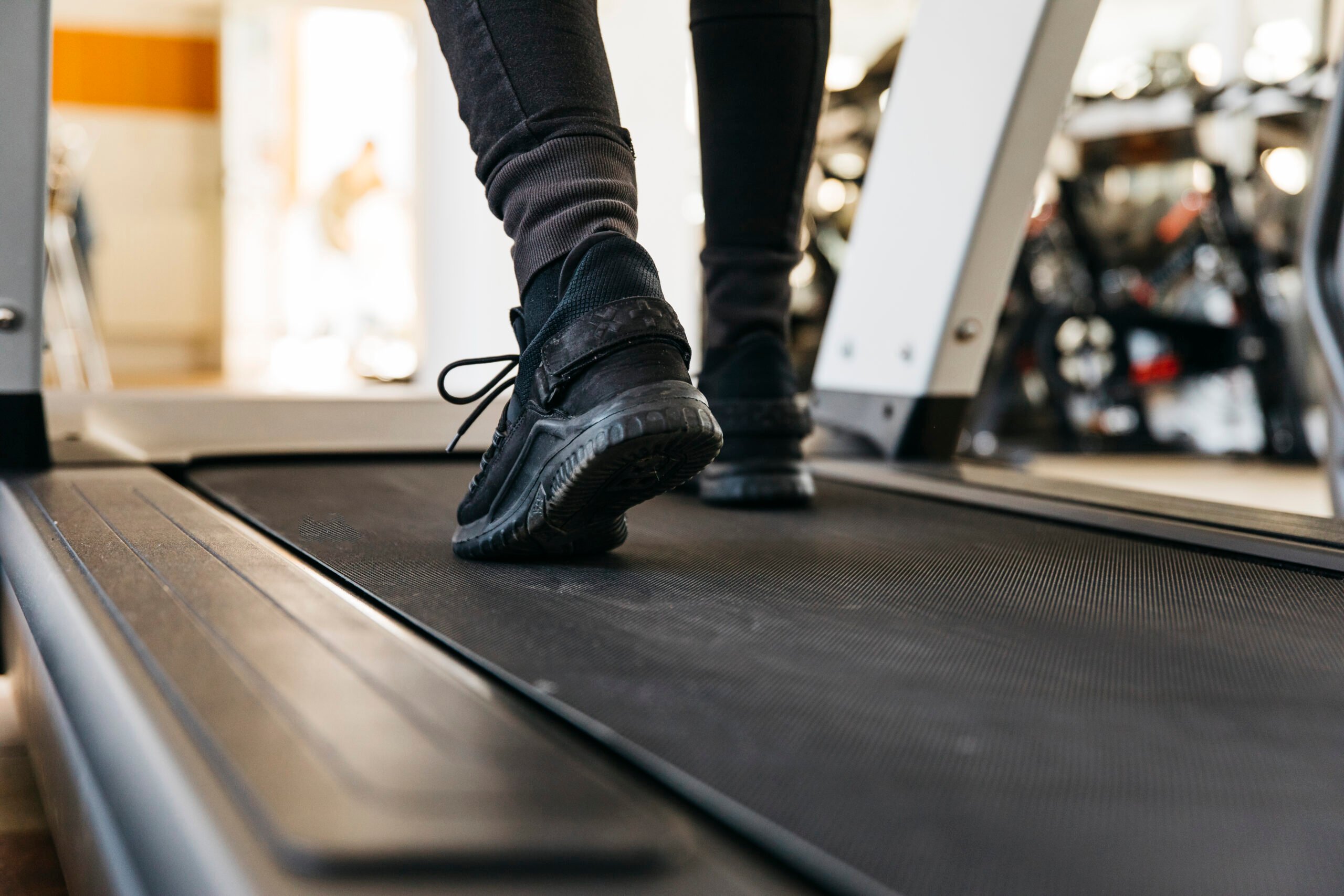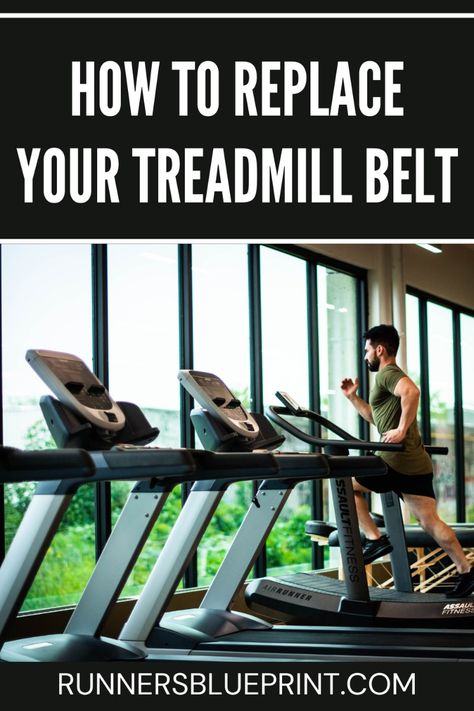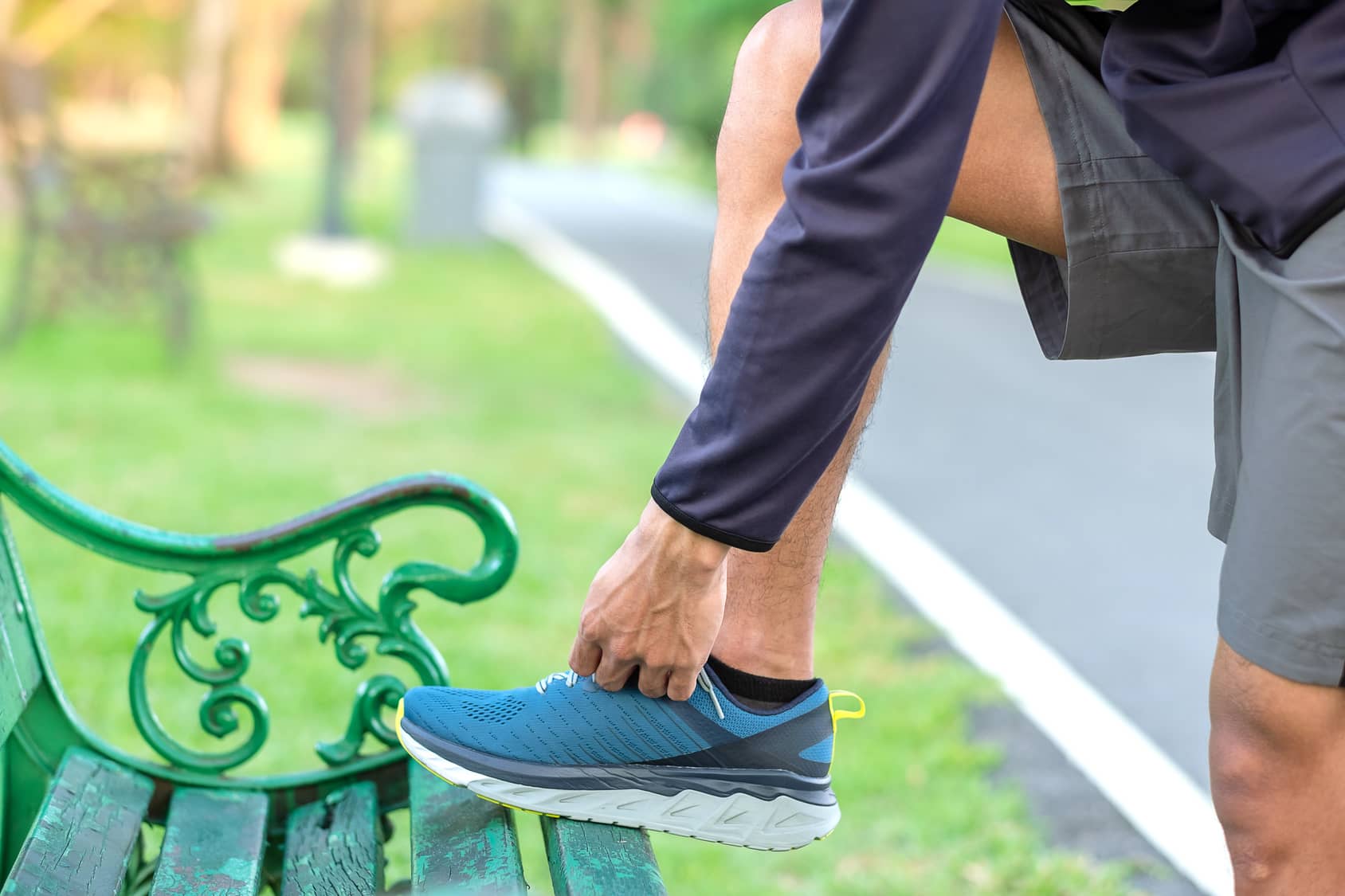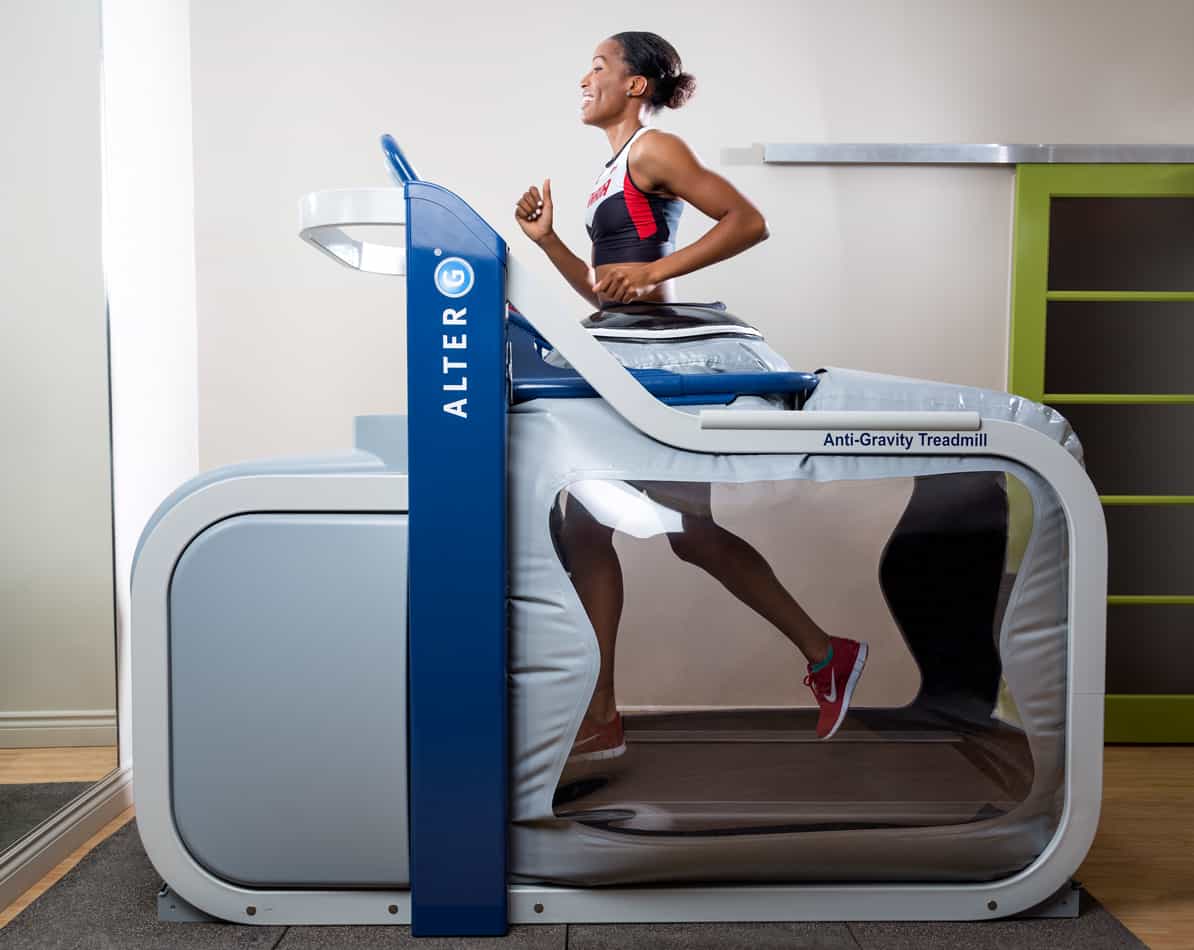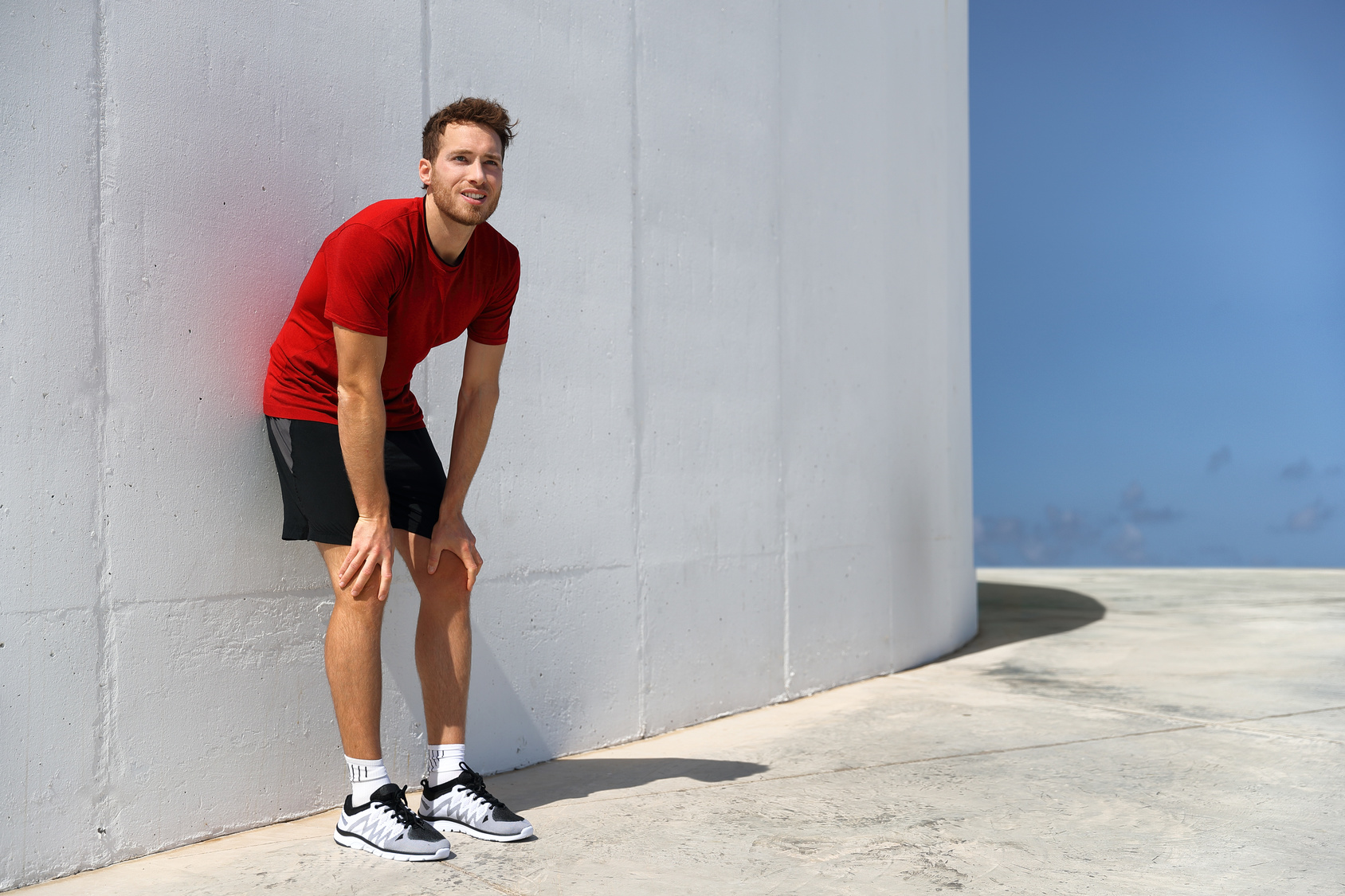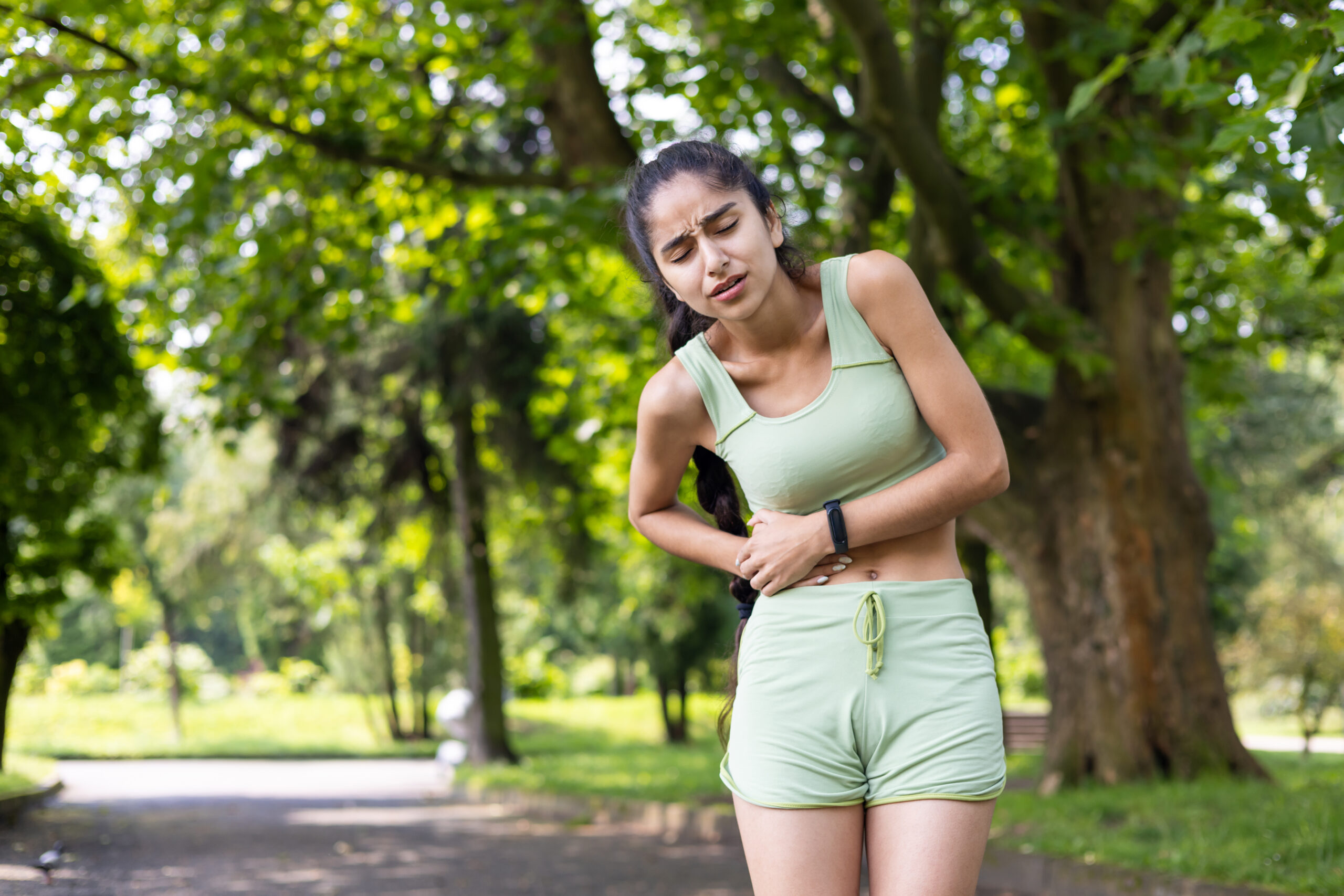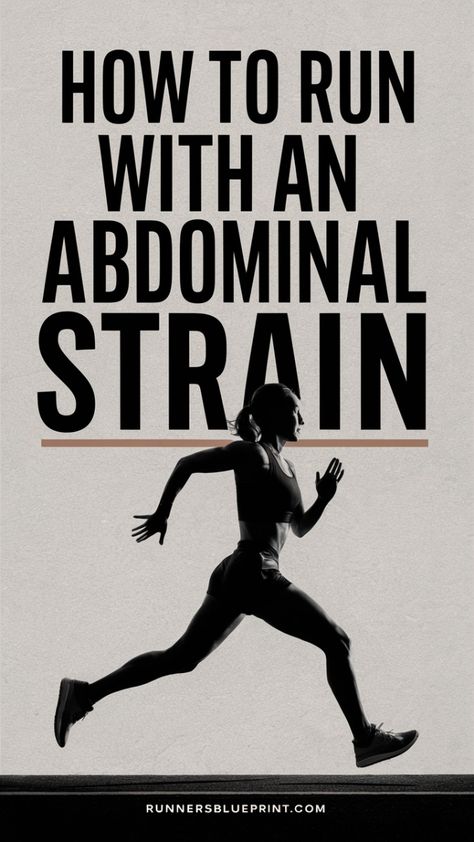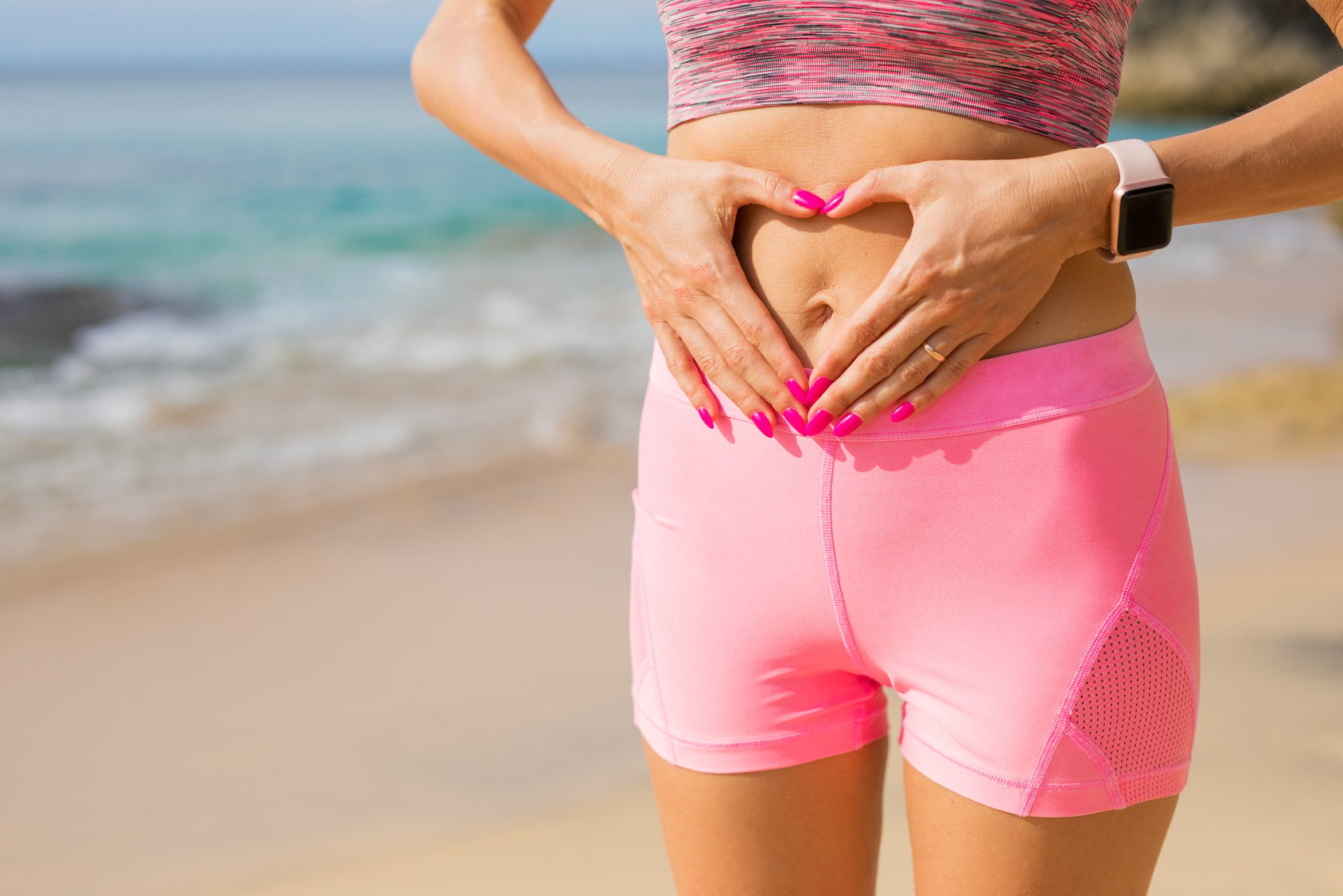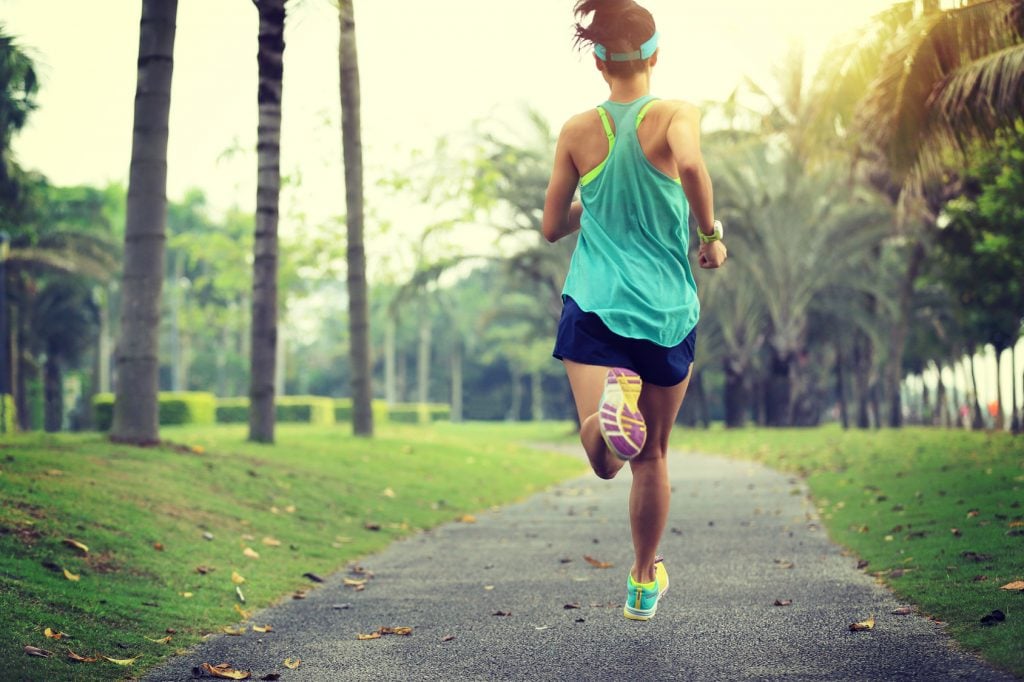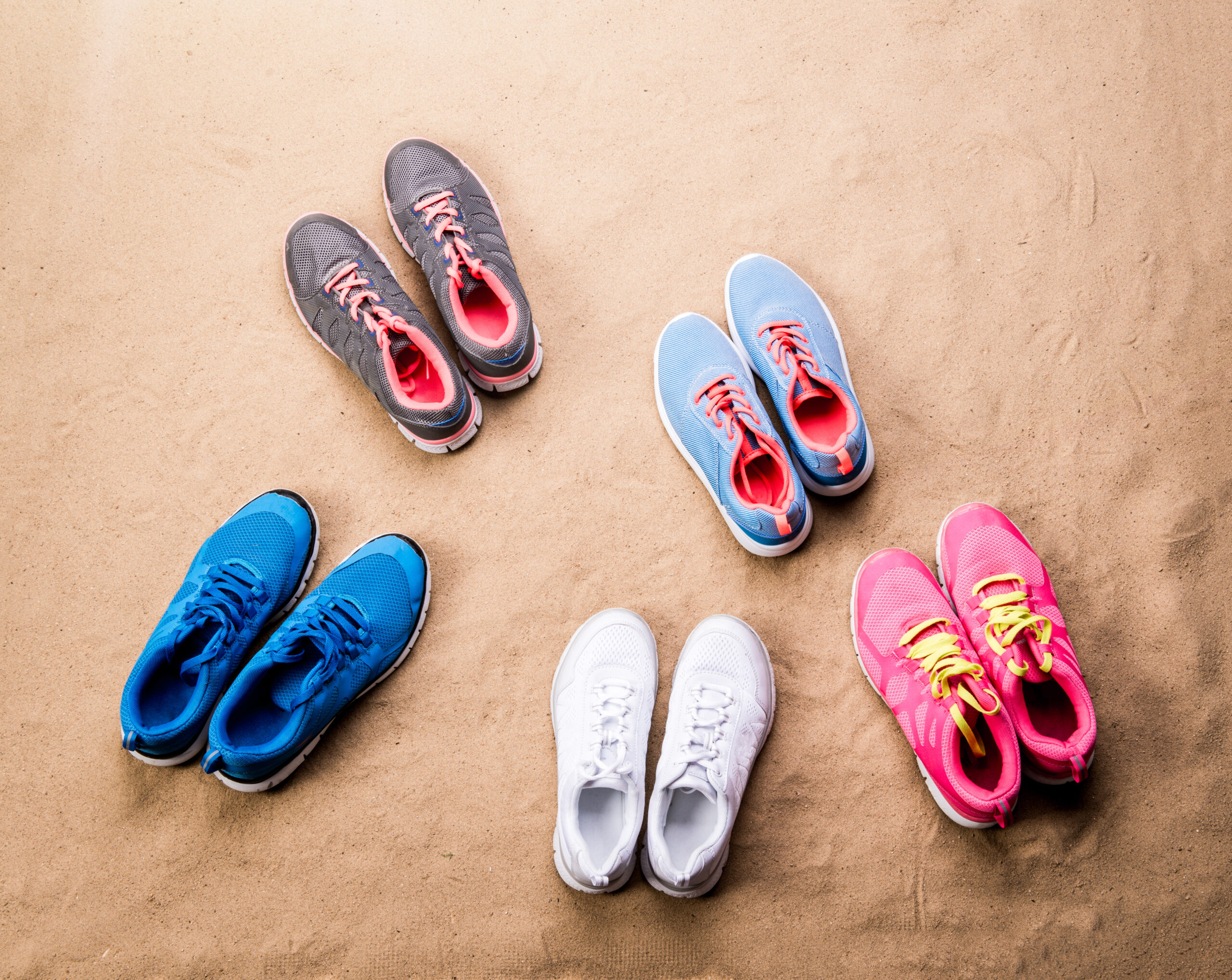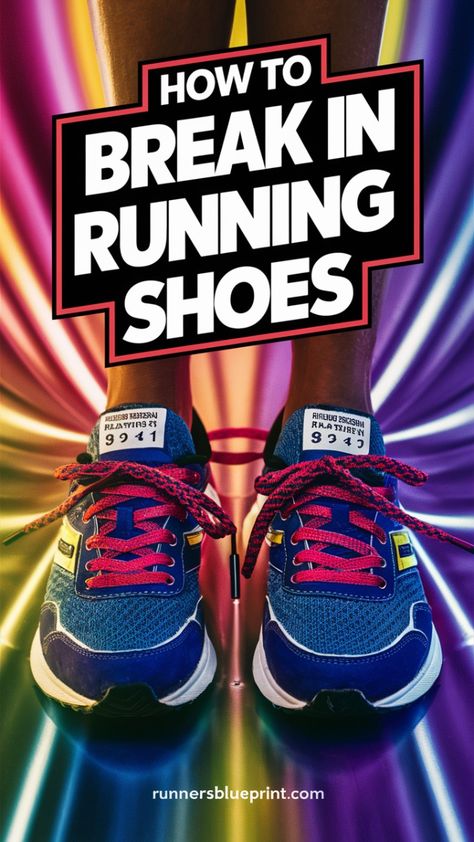A 50K race isn’t just a longer marathon—it’s a whole new level of challenge.
For staters, the 50K race is exactly 31.07 miles.
Sure, it’s just five extra miles, but trust me, as I will explain later, the distance is a whole new ballgame.
This race pushes runners past what they thought they could handle—both physically and mentally
Here’s what to expect and how to get ready for your first 50K
How Long Is a 50K in Miles?
We know a 50K equals 31.07 miles
It might sound intimidating, but if you’re up for it, congratulations! It’s a huge decision, and I salute your determination.
To put it into perspective, a 50K is like running 10 consecutive 5Ks. While it might “only” be five miles more than a marathon, those miles make all the difference—especially when you’re on rugged terrain.
Most 50K races take place on trails and technical terrains, adding a new challenge layer. But if you approach it with the right mindset and preparation, you’ll be amazed at what your body can do.
What’s more?
In most 50Ks, you’ll need to carry your own water and snacks since aid stations are scarce and far between.
Is a 50K an Ultra-Marathon?
Yes, the 50K is technically considered an ultra-marathon because it’s any distance longer than a marathon (26.2 miles).
Don’t let that scare you off!
Ultras can be tough, but they’re also full of camaraderie and adventure.
Some popular ultra distances include 50K, 50 miles, 100K, and 100 miles.
Every ultra brings its own challenges, from the terrain to the elevation and the weather
My first ultra wasn’t just about running; it was about strategy, mental fortitude, and learning to adapt on the fly.
World Record for 50K
Now, if you’re wondering how fast the pros do it, the world record for the 50K run is 2:38:43, set by CJ Albertson of the United States on October 8, 2022. For women, British runner Aly Dixon holds the official record of 3:07:20.
Meanwhile, Des Linden ran an unofficial record of 2:59:54 at a small event in Oregon. These are elite times, and while you might not be gunning for a world record, it’s inspiring to see what’s possible in ultra running.
How Long Does It Take to Run a 50K?
For the rest of us, 50K finishing times vary widely based on various factors, including fitness level, age, and terrain.
You can expect to run each mile about 10 to 30 seconds slower than in a marathon.
So, if your best marathon time is 3 hours 30 minutes (at an 8:00 per mile pace), you’re looking at a 50K finish of around 4 hours 14 minutes to 4 hours 25 minutes, depending on the course.
Personally, my first 50K took me about 5 hours, and it wasn’t just the distance that made it tough—it was the hills, the heat, and the feeling of venturing into the unknown.
On average, a good finish time for a 50K is around 6 hours and 13 minutes for men and 6 hours and 49 minutes for women.
But don’t stress too much about time—just focus on finishing strong and enjoying the experience.
How to Run Your First 50K
So, you’ve decided to run a 50K. Now what? Here are some key tips to help you cross that finish line.
Train Right
Your first goal in a 50K is simple: finish.
Don’t get caught up in setting ambitious time goals.
For your first ultra, expect the unexpected.
The distance, terrain, and mental fatigue can throw curveballs at you. When I trained for my first 50K, I focused on building a solid mileage base and learning to listen to my body.
It might take up to a year of regular training for beginners to properly prepare for an ultra, especially if you’re starting from scratch.
Six months of focused training should do the trick if you’ve been running for a while and averaging 40 miles a week.
The key is consistency. Build up your weekly mileage to at least 50 to 60 miles a week before race day. And make sure you’re already comfortable running a marathon, because adding those extra five miles is no joke!
Do Your Long Runs
The long run is the cornerstone of any ultra training plan.
I can’t stress this enough: your long runs will make or break your 50K. Start by building up gradually, and aim for a peak long run distance of 20 to 26 miles.
The idea is to get used to what race day will feel like and the rhythm of running for several hours.
My first few long runs were tough, but I learned to embrace them. I’d break them into smaller mental milestones—just get through the next mile, the next hill, the next aid station.
Eventually, I learned to love the challenge.
Vertical Gain
When tackling 50K races, vertical gain is a game-changer. Unlike road marathons, which are relatively flat and straightforward, these races often feature steep inclines that force you to slow down or even hike.
A great rule of thumb for adjusting your pace is to add 1 kilometer of effort for every 100 meters of vertical gain.
So, if you’re running a 50k race with 2,800 meters of vertical gain, you’re looking at the time it would take to run a 78k flat course.
Tricky Terrain
Terrain also plays a huge role. While road races are predictable, ultra races throw all kinds of obstacles your way—rocks, mud, roots, rivers—you name it! Different terrains will naturally slow you down, even if you exert the same effort.
That’s why training on the type of terrain you’ll face on race day is essential. Get used to handling those tricky parts of the trail so you’re ready to handle whatever the trail throws at you.
Your Nutrition
What you eat becomes really important during a 50K. You can’t just wing it with a couple of gels like in a shorter race. You must consider what you eat and drink before, during, and after the race. Most 50K races have fewer aid stations than marathons, so you must be self-sufficient.
In training, I tried out different snacks and drinks to see what my stomach could handle. I’d also recommend upping your calorie intake by about 20 percent during training and practicing your fuel strategy on your long runs. Trust me, this can save your race.
Recovery Is Key
Ultra training is tough, and your body will need more recovery than ever before. As your mileage increases, so does your need for rest.
After my first few big training weeks, I learned the hard way that pushing through fatigue only led to injury. Ensure you sleep at least eight hours a night, and don’t skip your rest days. Your muscles need time to repair, especially as your training load ramps up.
Gear Up
Running a 50K isn’t just about logging miles; it’s also about having the right gear. Trust me, having the right gear can make a difference, especially on technical trails. Before my first ultra, I got a lightweight hydration pack, trail shoes with good grip, and a solid headlamp (since part of the race was in the dark).
Some of the essentials include:
- Lightweight backpack
- A small first-aid
- A mix of fuels, such as gel sweets, energy bars, and rehydration packs
- Chafing creams
- Sunglasses
- Sunscreens
- Lightweight waterproof layer
- Rock tape
- Good quality headlamp
- Spare batteries
Overall, the more technical the terrain, the more gear you’ll require.
Frequently Asked Questions About 50K Races
I know that you have more than one pressing question about running a 50K. Let’s tackle them one at a time.
What should I eat before a 50K race?
Nutrition is crucial for a successful 50K race. In the days leading up to the event, focus on a balanced diet rich in carbohydrates, healthy fats, and proteins to fuel your body. On race day, have a light meal about 2-3 hours before the start. Good options include:
- Oatmeal with bananas
- A bagel with peanut butter
- A smoothie with fruits and yogurt
Make sure to hydrate well, too! Drinking water and electrolyte beverages will help prepare your body for the challenge ahead.
How should I pace myself during a 50K?
Pacing is key to successfully completing a 50K. Start conservatively, aiming to run at a comfortable pace during the first half of the race. Many runners use the “negative split” strategy, where they run the first half slightly slower than the second half. This approach helps conserve energy for the later miles when fatigue sets in.
What should I do if I start feeling tired or fatigued?
It’s normal to experience fatigue during a 50K, especially in the later miles. Pay attention to your body’s signals. If you’re feeling tired, try to maintain a steady pace, take short walking breaks if necessary, and focus on your breathing. Eating small snacks or energy gels can help replenish your energy levels.
Learn More about Ultra-Distance Running
To dive a little deeper into the world of ultra-distance running, I’ve picked a few resources that can help:
- American College of Sports Medicine (ACSM): The ACSM offers a wealth of information on exercise science and training techniques. Their position stand on “Nutrition and Athletic Performance” provides evidence-based recommendations on fueling for endurance events, including ultra-marathons.
- UltraRunning Magazine: This publication is devoted to ultra-distance running and features articles, training tips, and interviews with experienced ultra-runners.
- Trail Runner Magazine: A great source for those focusing on trail running, which often overlaps with ultra-distance training. Their article on “Tips for Your First Ultra” provides practical advice for newcomers to ultra races.
- Running USA: This organization focuses on promoting and supporting the running industry. They often publish statistics and trends related to running events, including ultra-marathons.
- The North Face Endurance Challenge: The official website of this popular series of ultra-distance races includes a wealth of training resources, articles on endurance running, and nutrition tips. Check out their training resources here.
Join the Conversation!
I’d love to hear from you! If you’re preparing for your first 50K race or have already completed one, share your experiences in the comments section below. What challenges did you face? What tips do you have for fellow runners? Your insights could be invaluable to someone just starting their journey.
If you’re active on social media, consider tagging me in your posts or using the hashtag #RunnersBlueprint to connect with others in our community. Whether it’s your training milestones, race day stories, or even photos from your runs, sharing your journey can inspire and motivate others who are on the same path.

